Table of Contents
What Is Umami? (And Why Spices Aren't the Main Source)
Umami is often called the fifth taste, alongside sweet, salty, sour, and bitter. It's that deep, savory flavor that makes your mouth water and your taste buds dance. However, umami is not primarily found in spices. Instead, it comes from ingredients rich in glutamate, such as tomatoes, mushrooms, aged cheeses, and fermented products like soy sauce and miso. While some spices can enhance umami flavors, they are not the main source of this savory taste.
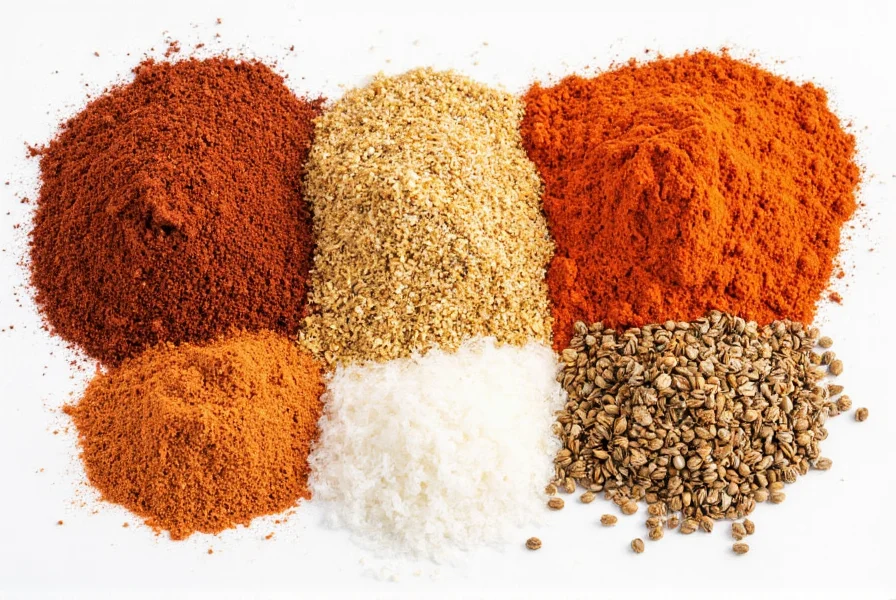

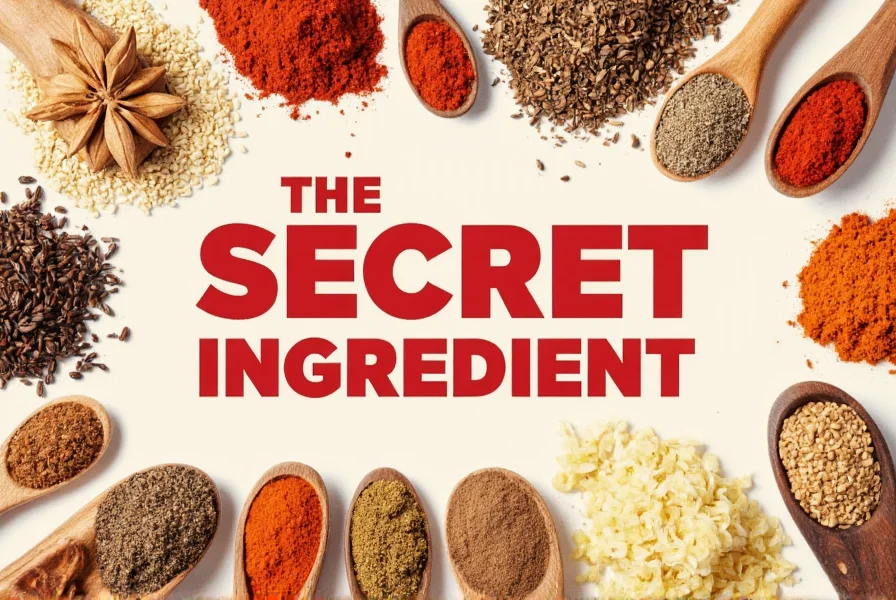
Understanding the true sources of umami is crucial for enhancing your cooking. The primary umami compounds (glutamate, inosinate, guanylate) occur naturally in many foods, but spices alone rarely provide significant umami. This article clarifies the actual ingredients that deliver this savory depth.
Umami-Rich Ingredients Explained
Let's explore the actual ingredients that deliver powerful umami flavors. These are not spices but rather whole foods and fermented products that naturally contain high levels of glutamate.
- Mushrooms (especially shiitake): Dried shiitake mushrooms are a powerhouse of umami. They're perfect in soups, sauces, and stir-fries. The drying process concentrates their glutamate content.
- Tomatoes: Ripe tomatoes and tomato paste are rich in glutamate, adding natural umami to sauces, stews, and soups. Cooking intensifies their umami profile.
- Miso Paste: A Japanese staple made from fermented soybeans, miso brings a rich, earthy umami flavor to everything it touches. Different varieties (white, red, barley) offer varying intensity.
- Parmesan Cheese: Aged Parmesan adds a salty, nutty umami boost to pasta, salads, and roasted vegetables. The aging process develops high glutamate levels.
- Seaweed (kombu): Used in dashi broth, seaweed provides a subtle umami base for soups and sauces. Kombu is one of the richest natural sources of glutamate.
- Fermented Soy Products: Soy sauce, tamari, and fish sauce are rich in umami and great for marinades and dressings. The fermentation process breaks down proteins into glutamate.
- Worcestershire Sauce: A fermented sauce with complex umami notes. It's excellent for enhancing meat dishes and sauces, though it contains anchovies.
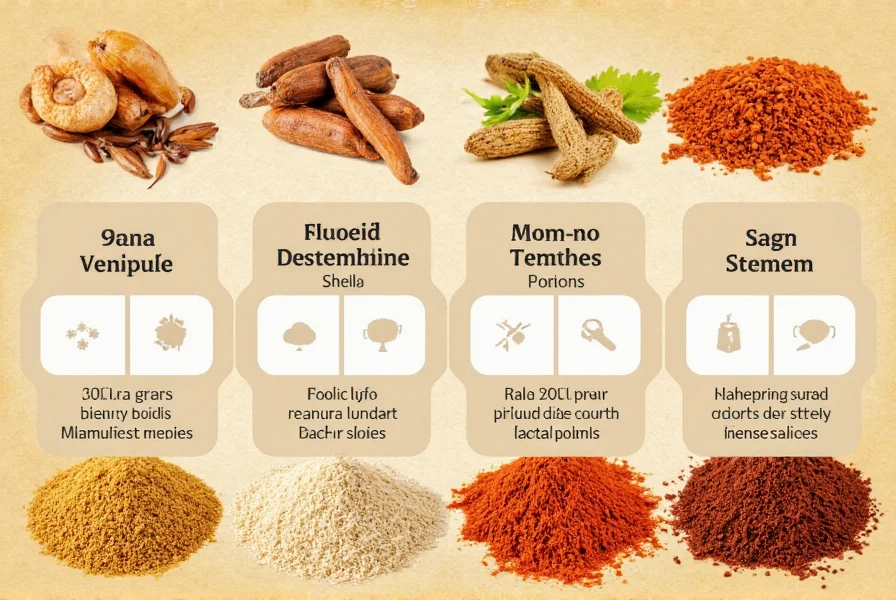
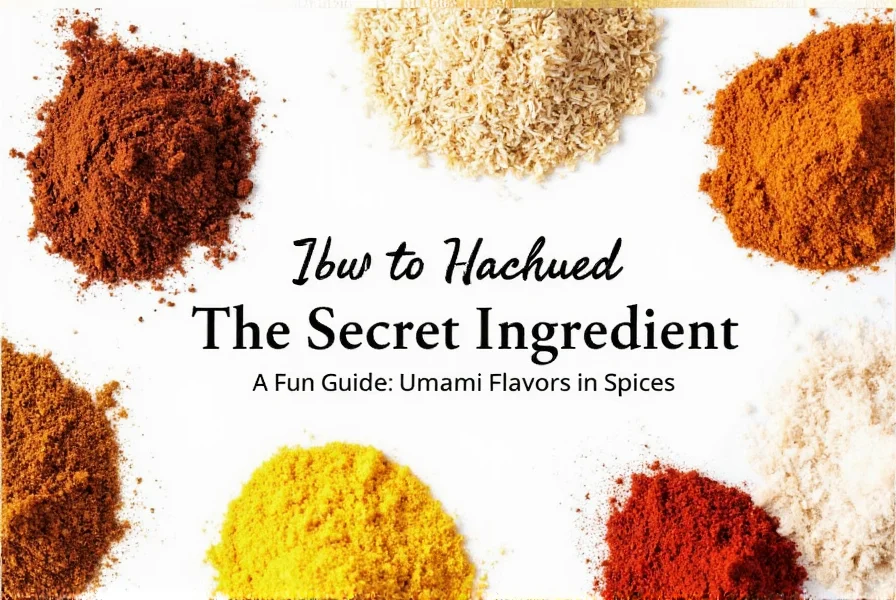
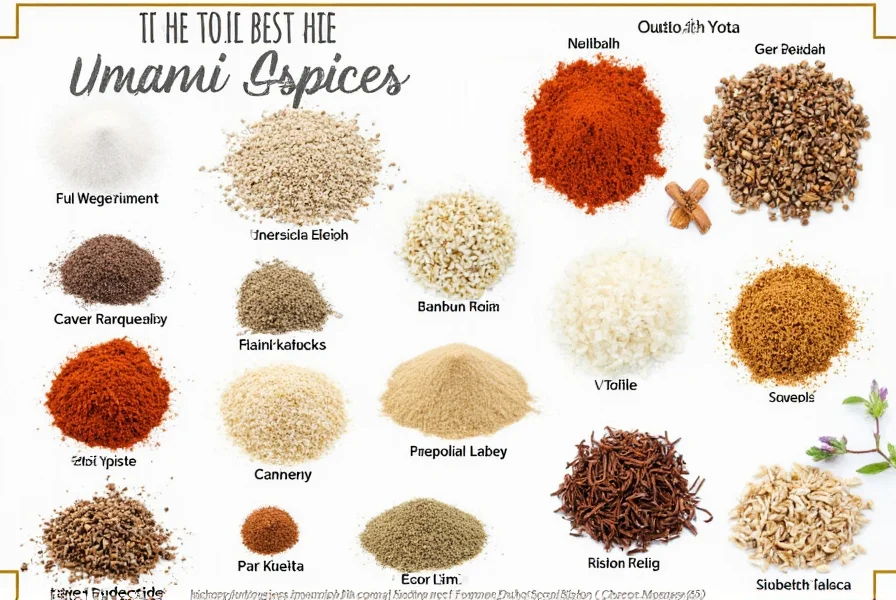
These ingredients are the true sources of umami flavor. While spices like black pepper or cumin can complement umami, they don't contain significant glutamate themselves. The key to umami is understanding which ingredients naturally contain high levels of savory compounds.
How to Use Umami Ingredients Effectively
Now that you know the true sources of umami, let's talk about how to use them effectively. Here are practical tips to maximize savory depth in your cooking.
- Start Small: Umami can be powerful, so add a little at a time. You can always add more, but you can't take it back.
- Pair with Acid: Acidity (like lemon juice or vinegar) helps balance and enhance umami flavors. Think of a tomato-based sauce with a splash of balsamic vinegar.
- Use in Broths and Sauces: Umami-rich ingredients shine when used in broths, stews, and sauces. They deepen the flavor and make your dish feel more complete.
- Combine with Fat: Fats like butter, olive oil, or coconut oil help carry and distribute umami flavors throughout your dish.
- Experiment with Fermentation: Fermented foods like kimchi, sauerkraut, or aged cheeses are full of umami. Try incorporating them into your meals for extra depth.
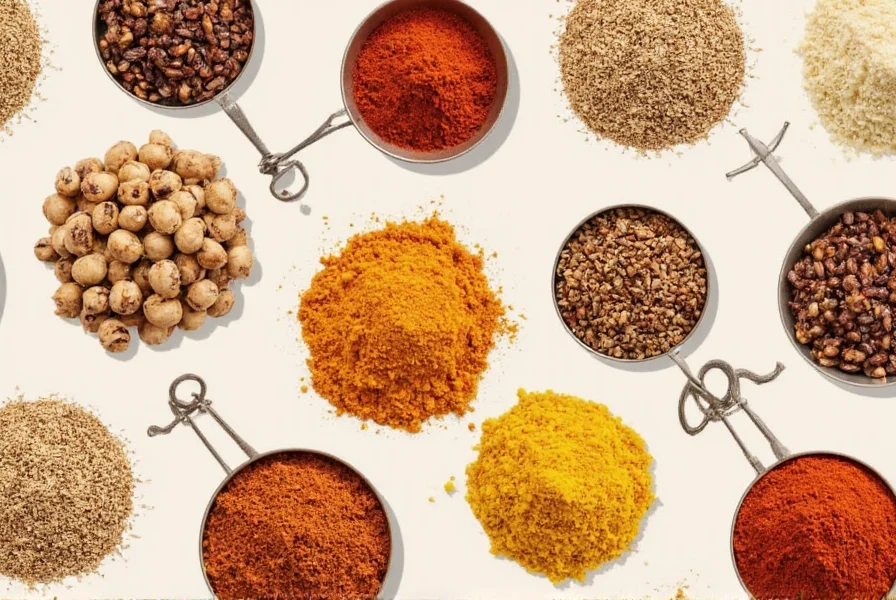

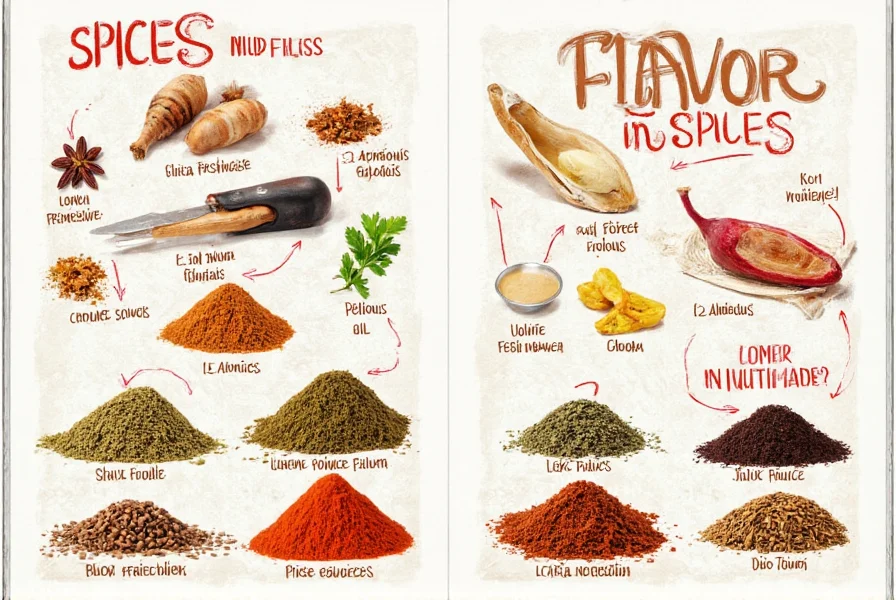
Pro tip: Don't forget to taste as you go. The goal is to create a balanced, flavorful dish that highlights the natural umami in your ingredients. With practice, you'll start to notice when something is missing—and when it's just right.
Buying Guide: Quality Umami Ingredients
If you're ready to elevate your cooking with authentic umami, here's a guide to help you choose the best products. We've rounded up top options that deliver that deep, savory flavor you're looking for.
| Product | Category | Features | Use Cases | Target Audience | Suitable Occasions |
|---|---|---|---|---|---|
| Shiitake Mushroom Powder | Dried Mushroom Product | Concentrated umami, easy to use, long shelf life | Soups, stews, sauces, seasoning blends | Cooking enthusiasts, vegetarians, health-conscious eaters | Weeknight dinners, holiday meals, gourmet cooking |
| Miso Paste | Fermented Paste | Deep umami, versatile, adds depth to many dishes | Marinades, dressings, soups, glazes | Japanese cuisine lovers, home chefs, foodies | Bento boxes, sushi, ramen, dinner parties |
| Tomato Paste | Concentrated Vegetable Product | High glutamate content, shelf-stable, intensifies flavor | Sauces, stews, braises, meatloaf | Everyday cooks, Italian cuisine lovers, busy families | Weeknight meals, slow-cooked dishes, pasta sauces |
| Worcestershire Sauce | Fermented Sauce | Complex umami, enhances meat dishes, adds depth to sauces | Grilled meats, stews, sauces, cocktails | BBQ lovers, cocktail enthusiasts, cooks | Barbecues, potlucks, casual dinners |
| Truffle Oil | Fine Flavor Oil | Luxurious, aromatic, enhances creamy dishes | Salads, risottos, pasta, roasted vegetables | Gourmet chefs, foodies, special occasion cooks | Birthday dinners, weddings, fancy brunches |
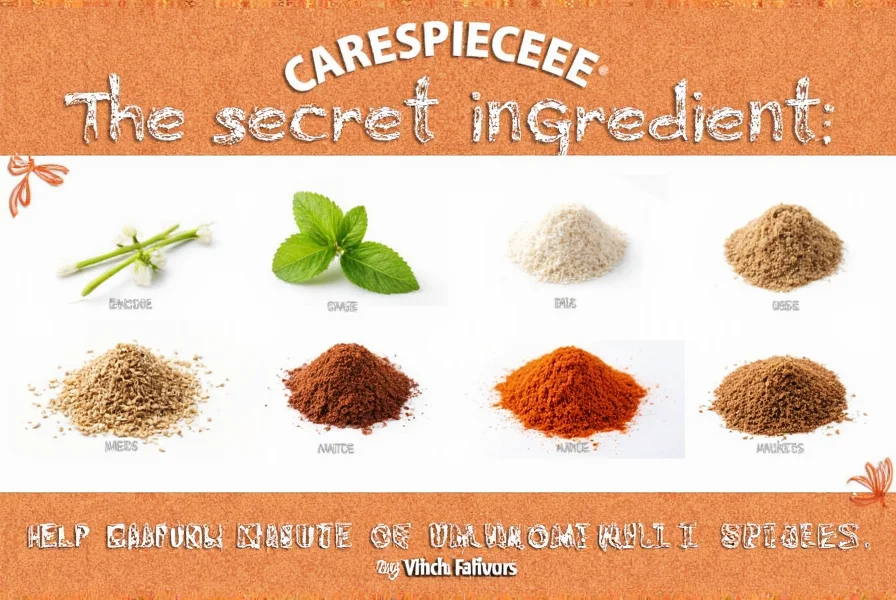
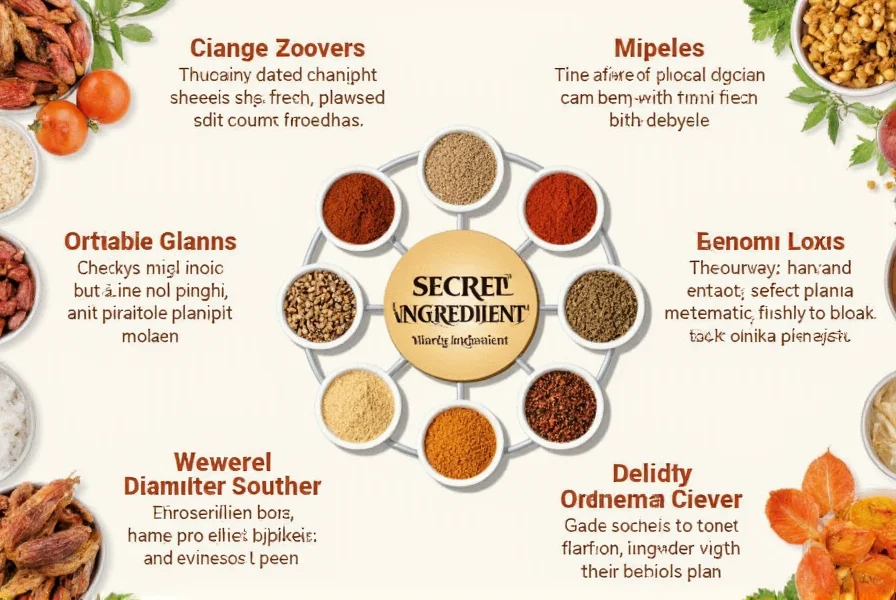
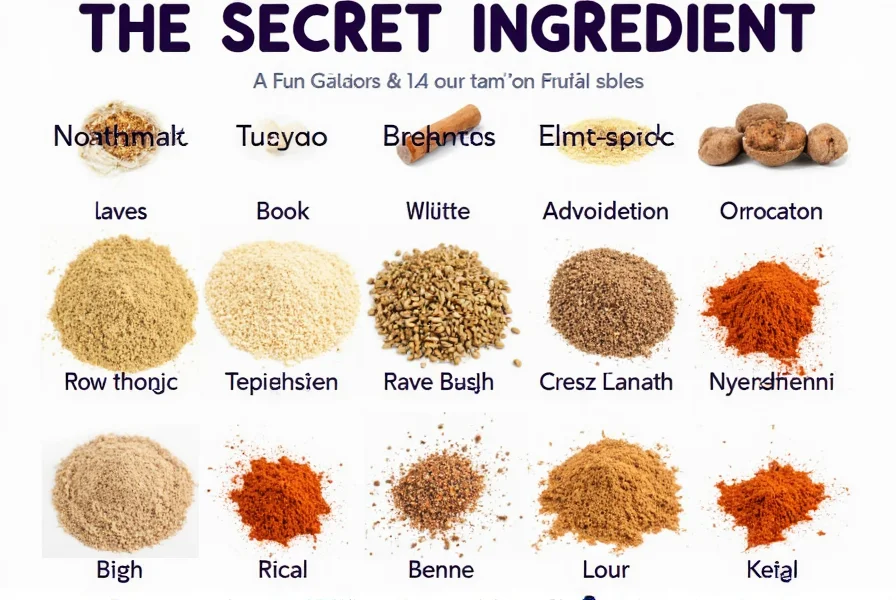
Remember, the key to getting the most out of umami is to use quality ingredients and experiment with different combinations. Whether you're making a simple stir-fry or a complex stew, adding authentic umami-rich ingredients can transform your dish from good to unforgettable.
Frequently Asked Questions About Umami
What exactly is umami and why is it called the fifth taste?
Umami is the fifth basic taste sensation, alongside sweet, salty, sour, and bitter. It's described as a savory, meaty flavor that creates a pleasant taste sensation and makes your mouth water. The word "umami" comes from Japanese, meaning "pleasant savory taste." It was identified by Japanese scientist Kikunae Ikeda in 1908 who discovered that glutamate was responsible for this distinct taste. Unlike spices, umami primarily comes from natural ingredients rich in glutamate, such as tomatoes, mushrooms, and fermented products.
Can vegetarians get umami flavors without using meat products?
Absolutely! Many plant-based ingredients are rich in umami. Dried mushrooms (especially shiitake), tomatoes, soy sauce, miso paste, nutritional yeast, seaweed, and aged cheeses like Parmesan all provide excellent umami flavor without meat. Even vegetables like asparagus, ripe tomatoes, and kombu seaweed contain natural glutamates that contribute to umami taste. These are the true sources of umami, not spices.
How can I add umami to my cooking without using store-bought products?
You can create natural umami by using techniques like caramelizing vegetables, roasting tomatoes, making mushroom powder from dried shiitakes, or creating your own vegetable broth with kombu (seaweed) and dried mushrooms. Fermentation is another excellent method - try making your own fermented tomato paste or aged garlic oil for deep umami flavor. Remember, these techniques work with true umami ingredients, not spices.
Is umami the same as MSG?
No, umami is the taste sensation itself, while MSG (monosodium glutamate) is a compound that enhances umami flavor. Umami occurs naturally in many foods like tomatoes, cheese, and mushrooms, while MSG is a purified form of glutamate that's added to foods. Many people experience umami without ever consuming MSG, as it's naturally present in numerous ingredients. Spices alone do not provide significant umami, regardless of MSG content.
What are the best ways to balance umami in a dish?
Umami works best when balanced with other taste elements. Pair umami-rich ingredients with acidity (like citrus or vinegar) to brighten the flavor. Salt helps enhance umami, but be careful not to over-salt. Fat carries umami flavors, so ingredients like olive oil or butter help distribute the taste. The key is moderation - start with small amounts of umami ingredients and taste as you go, adjusting other elements to create harmony in your dish. Remember, true umami comes from quality ingredients, not spices.
Conclusion
Umami is more than just a taste—it's a way to bring depth, richness, and satisfaction to your food. By understanding the true sources of umami (which are primarily ingredients like tomatoes, mushrooms, and fermented products, not spices), you can elevate your cooking and impress your friends and family with every meal.
So next time you're in the kitchen, reach for that jar of tomato paste, a piece of dried shiitake mushroom, or a spoonful of miso paste. These authentic umami-rich ingredients will transform your dishes from ordinary to extraordinary. Trust us, your taste buds will thank you.
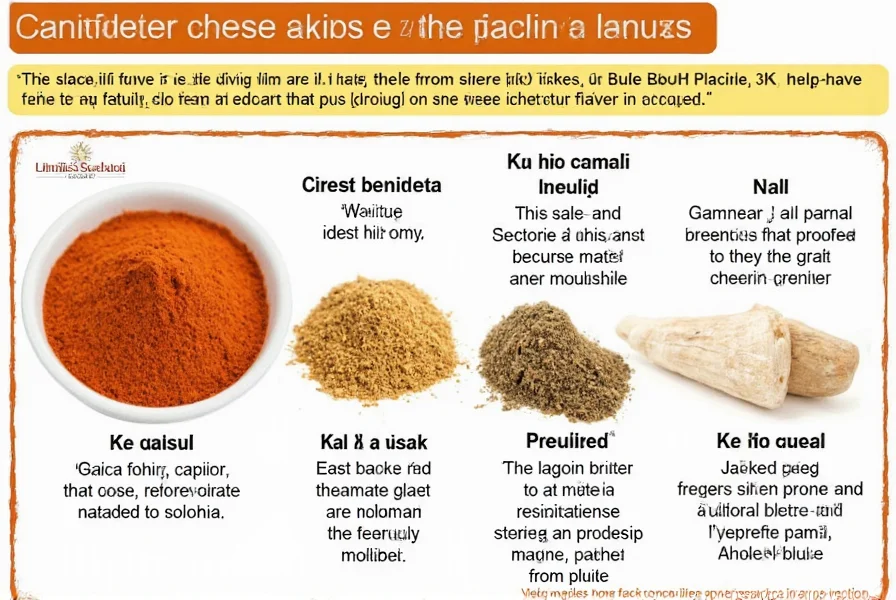

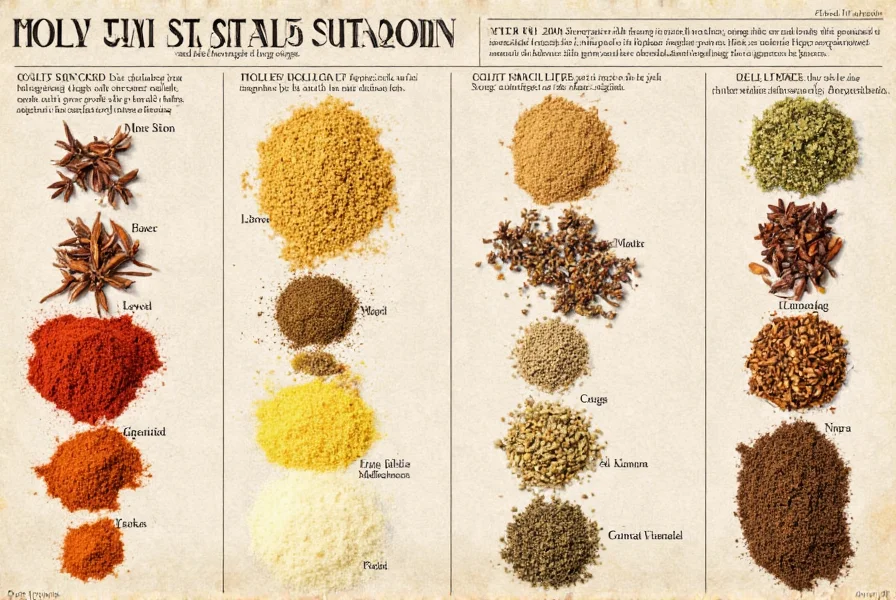

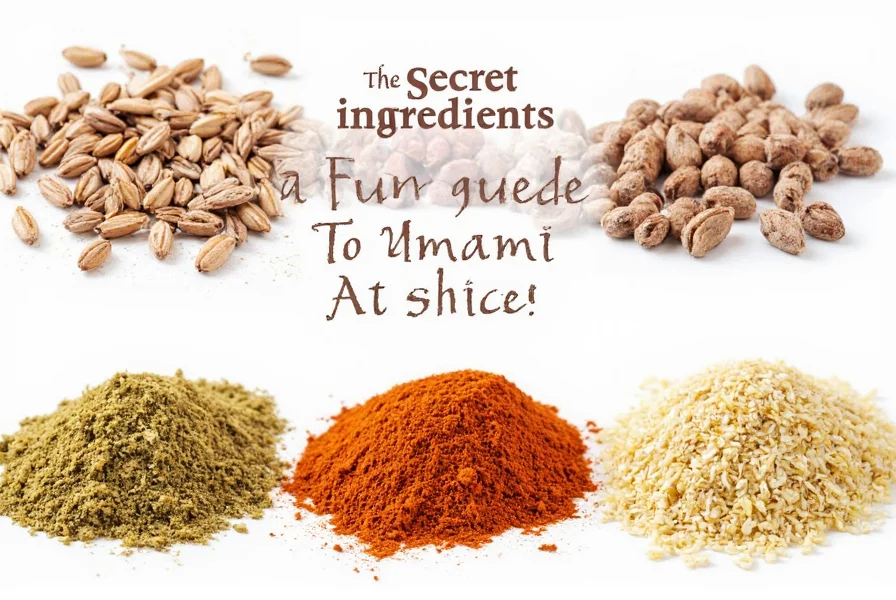









 浙公网安备
33010002000092号
浙公网安备
33010002000092号 浙B2-20120091-4
浙B2-20120091-4